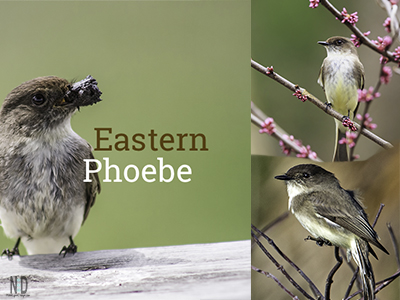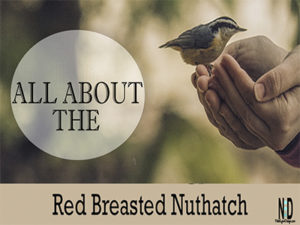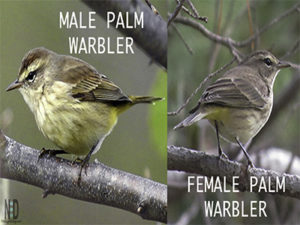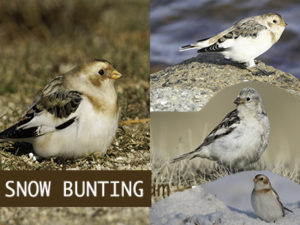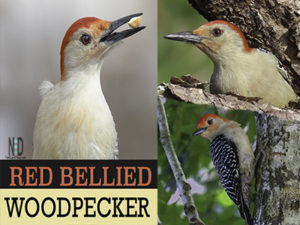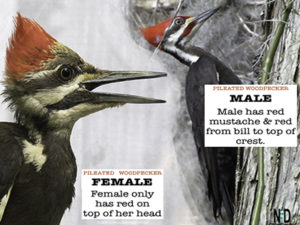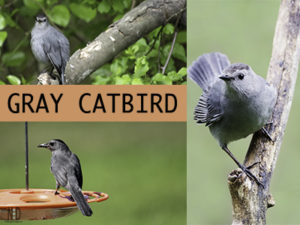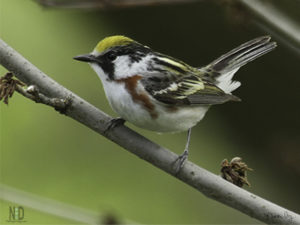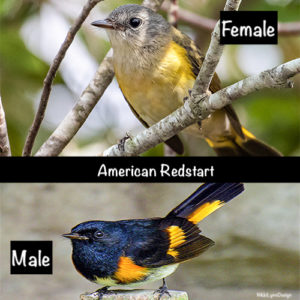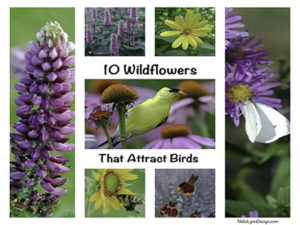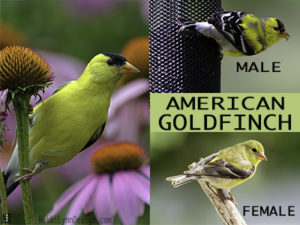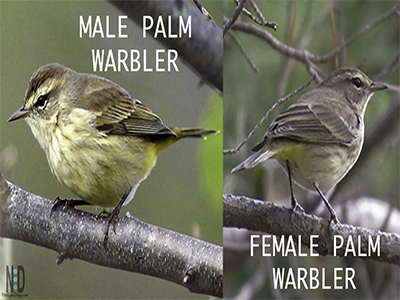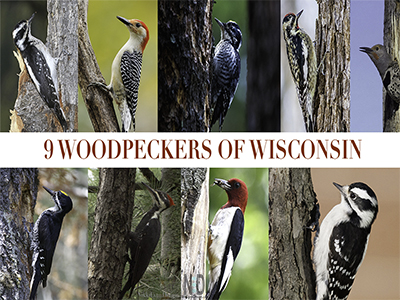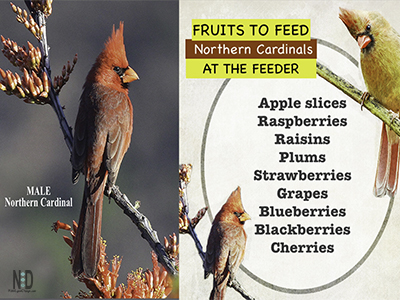Eastern Phoebe
The Eastern phoebe is a medium-sized passerine bird that is part of the flycatcher family. Both the male and females have pale brown heads and backs with a white belly. and black beak. The only difference between the male and female is that males are slightly larger. Juveniles have white wing bars.
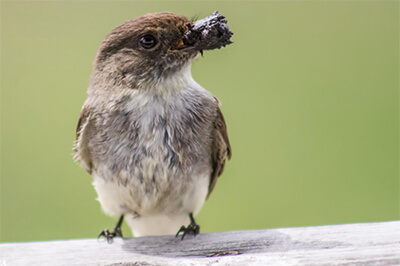
In Wisconsin the birds migrate back in March and start nest building in April. You can expect to see them in woodlands and in woody vegetation areas until about the first week in November.
General Information
| Name:: | Eastern Phoebe |
| Scientific Name:: | Sayornis phoeb |
| Family: | Flycatcher |
| Size: | 5 to 7 inches |
| Habitat: | Woodland areas throughout North America |
| Diet: | Insects and berries |
General Description:
Top and sides of the head are smoky brown, often blackish; the rest of upperparts grayish-olive, the wing-coverts and tertiaries narrowly tipped and margined with whitish; underparts dull whitish, just tinged posteriorly with yellowish, the sides of the breast and often the chin, strongly shaded with the color of the back; wing and tail feathers blackish, the narrow outer web of the outer tail-feather pure white except near tip; bill and feet black; iris brown. The female is slightly smaller than the male.
Diet
The Eastern Phoebe mostly insects and some berries. Insects make up the great majority of their diet; included are many mosquitos, gnats, flies, small wasps, bees, beetles, grasshoppers, and others. The bird is part of the flycatcher family and can catch flying insects right in the air. Small fruits and berries are eaten often during the cooler months or when hanging out along creek beds that have berry trees and bushes.
Nesting Info
| Habitat: | Under bridges, overhangs, and rock ledges |
| Nest Shape | Cup nest |
| Eggs: | 2-5 eggs that are white |
| Incubation: | 2 to 16 days |
| Fledging: | 16-18 days |
General Nesting Information
Nesting activity may start as early as the first days of April. The nest is an open cup with a mud base and lined with moss and grass, built in a crevice in a rock or man-made site; two to five white eggs are laid. Both parents feed the young and usually raise two broods per year.
Since the bird’s nest is near humans, they are not as afraid of human contact as it seems. They will come pretty close to humans while collecting nesting materials. Don’t get me wrong, they are afraid of you, but don’t mind sharing space.
